Spirituality in African Art – A Rich and Diverse Connection
African art has always played an essential role in the cultural, social, and spiritual aspects of African societies. The continent’s diverse art forms reflect the richness of its many cultures, ranging from the traditional sculptures and masks to contemporary paintings and installations. At the heart of these artistic expressions lies a common theme: spirituality. The connection between spirituality and African art is deeply rooted, with the former influencing the latter in various ways. In this essay, we will delve into the fascinating world of African art and explore the role of spirituality in its many forms.
To understand the significance of spirituality in African art, it is essential to define what spirituality means. Spirituality can be described as a connection to the divine, the sacred, or higher powers, often transcending organized religion. It also encompasses personal growth, self-discovery, and the search for meaning in life. Spirituality in African art manifests in various forms, reflecting the beliefs, values, and traditions of different societies.
In the following sections, we will explore the role of spirituality in traditional African societies, its symbolism in African art, and how it influences various artistic forms, such as sculpture, masks, textiles, painting, and music. Additionally, we will discuss the continued impact of spirituality on contemporary African art, including examples of innovative African artists embracing new technologies.
The Multifaceted Connection Between Spirituality and African Art
The Role of Spirituality in Traditional African Societies
In traditional African societies, spirituality was an integral part of everyday life. People believed in a complex spiritual world inhabited by ancestors, deities, and spirits. These beliefs were intertwined with rituals, ceremonies, and rites of passage that marked significant events in individuals’ lives and the community as a whole. African art played a crucial role in these spiritual practices, with artists creating pieces that facilitated communication with the spirit world or represented spiritual beings.
Spiritual Symbolism in African Art
African art is rich in spiritual symbolism, which can be seen in the colors, patterns, and motifs used by artists. For example, in the art of the Yoruba people from Nigeria, the color blue often symbolizes wisdom, while red represents danger or evil spirits. Similarly, in the Akan art of Ghana, geometric patterns called adinkra symbols convey various spiritual and philosophical concepts. Some of these symbols represent the omnipotence of God, the interconnectedness of life, and the importance of learning from the past.
Sculpture and Spirituality: Crafting Divine Connections
Sculpture is one of the most well-known forms of African art, with spiritual themes prominently featured. Many traditional African societies believed that sculptures could house the spirits of ancestors, deities, or other spiritual beings. These sculptures were often used in religious ceremonies and rituals to invoke protection, blessings, or guidance. For instance, the Dogon people of Mali created wooden figures called tellem, which represented ancestral spirits and were placed on altars to facilitate communication with the spirit world.
Masks and Spirituality: Unveiling the Spirit World
Masks hold a special place in African art, serving as a powerful connection to the spirit world. They are used in dances, ceremonies, and storytelling to represent spiritual beings or ancestors. In some cases, the masks are believed to embody the spirits themselves, allowing the wearer to channel their energy and wisdom. The Bwa people of Burkina Faso and the Dan people of Liberia and Côte d’Ivoire are known for their intricate masks, which often feature abstract patterns and designs imbued with spiritual symbolism.
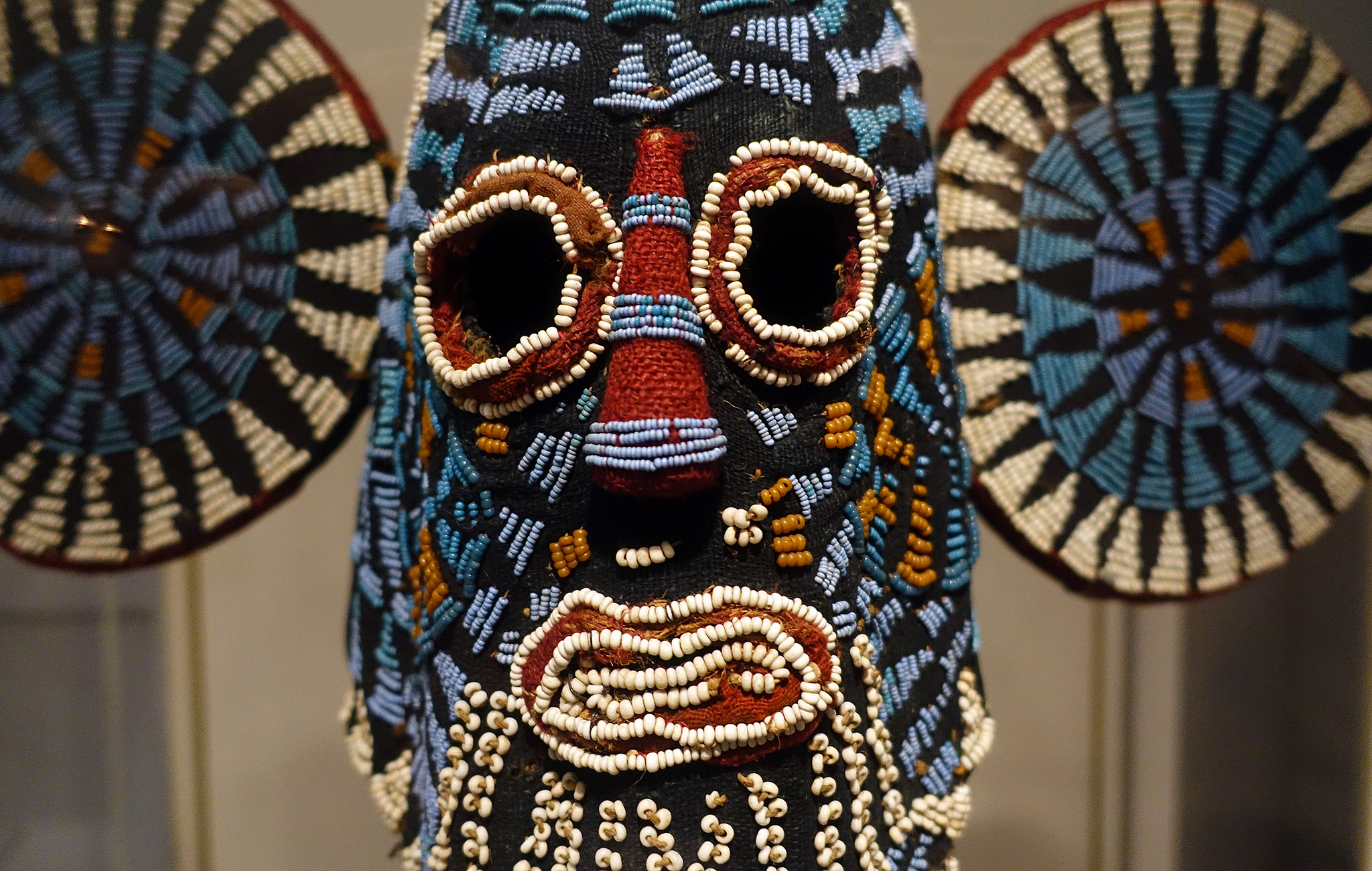
Textiles and Spirituality: Weaving Sacred Stories
African textiles are another important artistic form that reflects spiritual themes. Symbolic patterns and designs adorn various fabrics, which are often
used in ceremonies and rituals. The Kente cloth from Ghana, for example, is a colorful fabric made by the Akan people and traditionally worn by royalty during important ceremonies. Each Kente pattern has a specific meaning, with some representing wisdom, prosperity, or spiritual purity. Similarly, the Yoruba people of Nigeria create intricate adire cloth, which features indigo-dyed patterns that often carry spiritual significance.
Painting and Spirituality: Capturing the Essence of the Sacred
African paintings have long been used to depict spiritual themes and stories. These works often utilize color and symbolism to convey complex spiritual concepts or celebrate sacred figures. The Ethiopian Orthodox Church, for instance, is known for its vibrant religious paintings that adorn church walls, depicting scenes from the Bible and the lives of saints. In more recent times, artists like Chéri Samba from the Democratic Republic of Congo have incorporated spiritual themes into their contemporary paintings, blending traditional African imagery with modern elements.
Music and Spirituality: Harmonizing with the Divine
Music plays a significant role in the spiritual life of many African societies, with songs and rhythms often serving as a conduit for connecting with the divine. Traditional African music is deeply interwoven with rituals and ceremonies, with instruments often holding spiritual significance. The talking drum, for example, is a West African instrument believed to communicate with the spirit world through its unique tonal language. Similarly, the mbira, a traditional instrument from Zimbabwe, is used in Shona religious ceremonies to summon ancestral spirits and facilitate communication with the divine.
Contemporary African Art and Spirituality: New Interpretations and Expressions
While traditional African art forms continue to reflect spiritual themes, contemporary African artists are also embracing new technologies and approaches to express their spiritual beliefs and ideas. Nigerian artist Peju Alatise, for example, combines sculpture, painting, and textile work to explore themes of identity, spirituality, and societal expectations. South African artist Nicholas Hlobo uses unconventional materials like rubber, ribbon, and leather to create abstract sculptures that evoke spiritual themes and his Xhosa heritage. Kenyan artist Wangechi Mutu combines collage, painting, and sculpture to address themes of African spirituality, gender, and the environment.
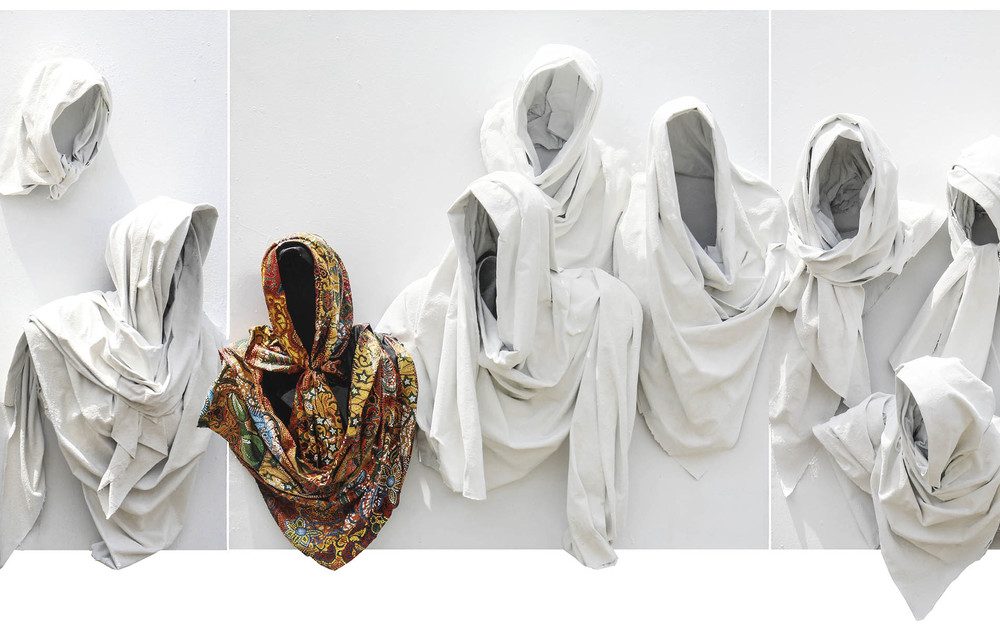
The Enduring Power of Spirituality in African Art
In conclusion, the connection between spirituality and African art is both profound and multifaceted. From traditional sculptures and masks to contemporary paintings and installations, spirituality continues to be a driving force behind the creation and appreciation of African art. By examining the various art forms that reflect spiritual themes and the continued influence of spirituality in contemporary African art, we gain a deeper understanding of the rich and diverse history of African artistic expression.
The importance of understanding and appreciating the spiritual aspects of African art cannot be overstated. It not only enhances our cultural appreciation and awareness but also acknowledges the enduring power of spiritual beliefs and practices in shaping the lives of individuals and communities across the African continent. With the potential for further exploration and research in this area, the role of spirituality in African art remains a fascinating and inspiring subject for art enthusiasts, historians, and spiritual seekers alike.
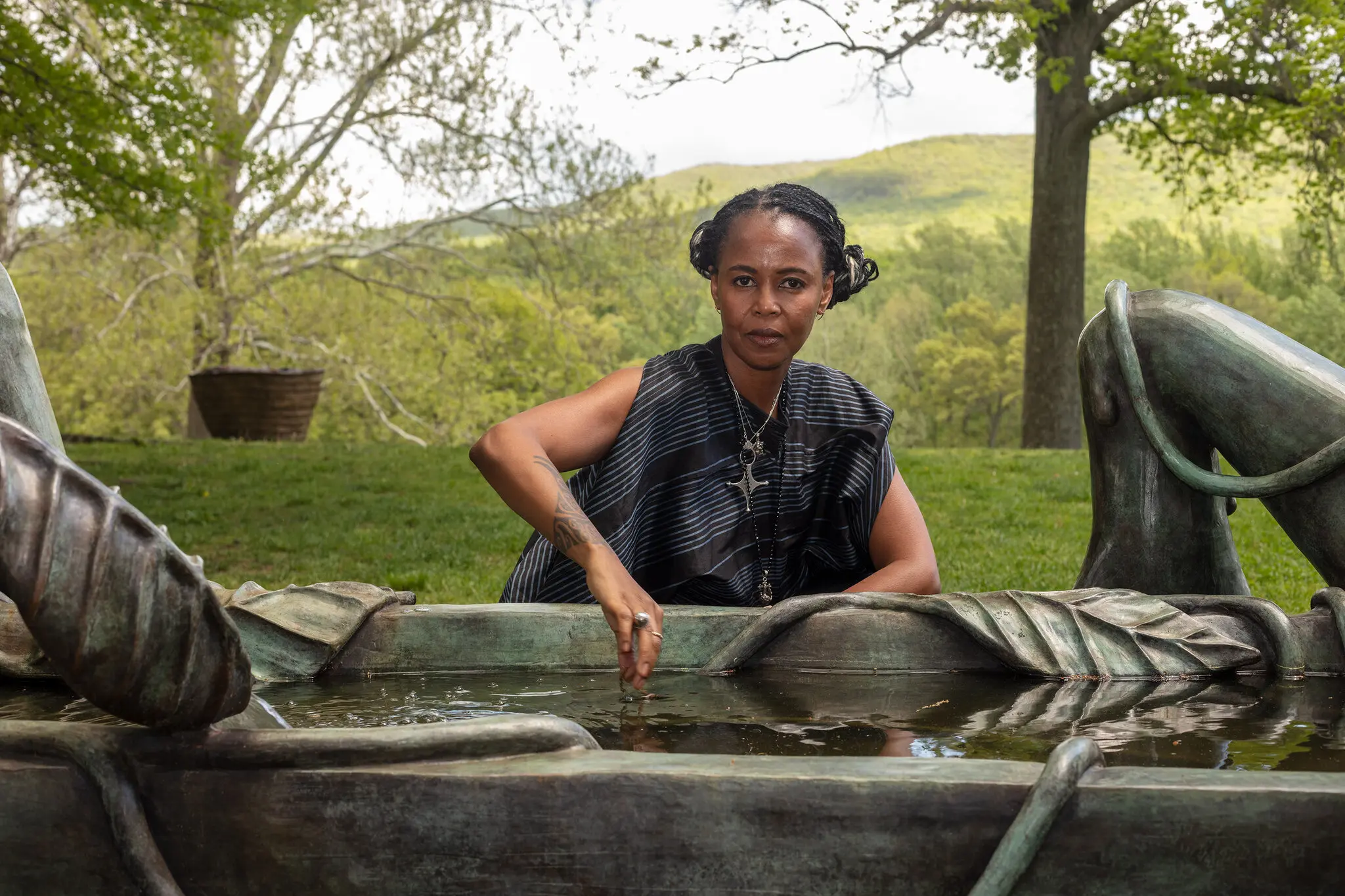
As the global art community becomes more interconnected, the significance of spirituality in African art has gained increased attention and recognition. This growing interest presents an opportunity for cross-cultural dialogue and a deeper understanding of the values, traditions, and beliefs that underpin African art. By engaging with the spiritual aspects of African art, we can foster a more inclusive and respectful appreciation of the diverse cultures that make up the continent.
The influence of spirituality in African art also extends beyond the continent, inspiring artists and audiences worldwide. The unique blend of traditional and contemporary African art has resonated with people from various cultural backgrounds, sparking new ideas and creative expressions that celebrate the human experience’s spiritual dimension. This global impact highlights the universality of spirituality in art and its ability to connect people across cultural, religious, and geographical divides.
As technology advances and the world becomes increasingly interconnected, we can expect African artists to continue exploring spirituality in new and innovative ways. Digital art, virtual reality, and other emerging mediums offer exciting possibilities for artists to push the boundaries of artistic expression and further explore the rich spiritual themes that have been central to African art for centuries. These new forms of artistic expression may also enable African artists to reach broader audiences, share their cultural heritage, and contribute to a more diverse and inclusive global art community.

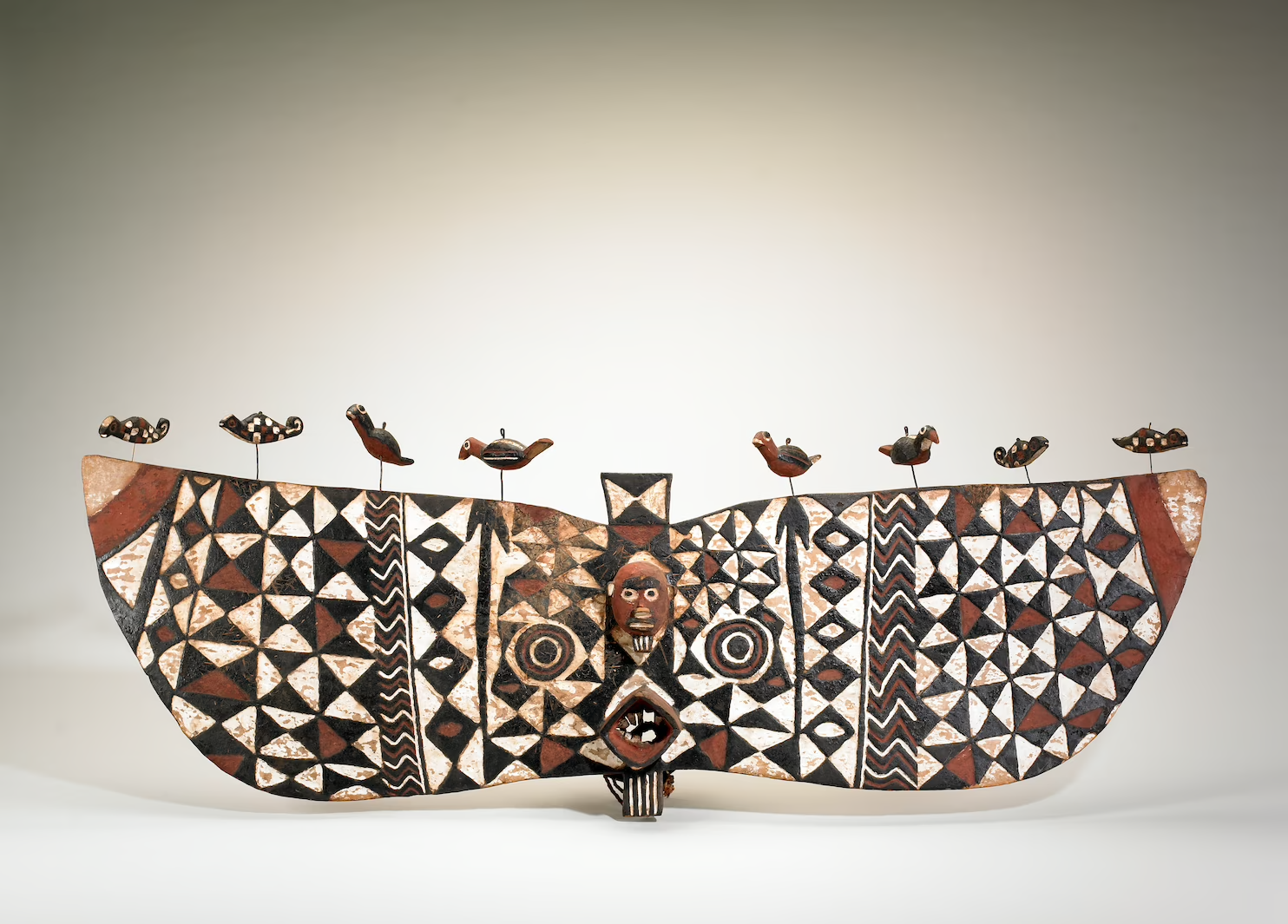

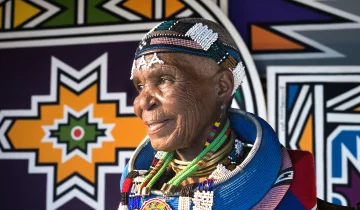

 No products in the basket.
No products in the basket.